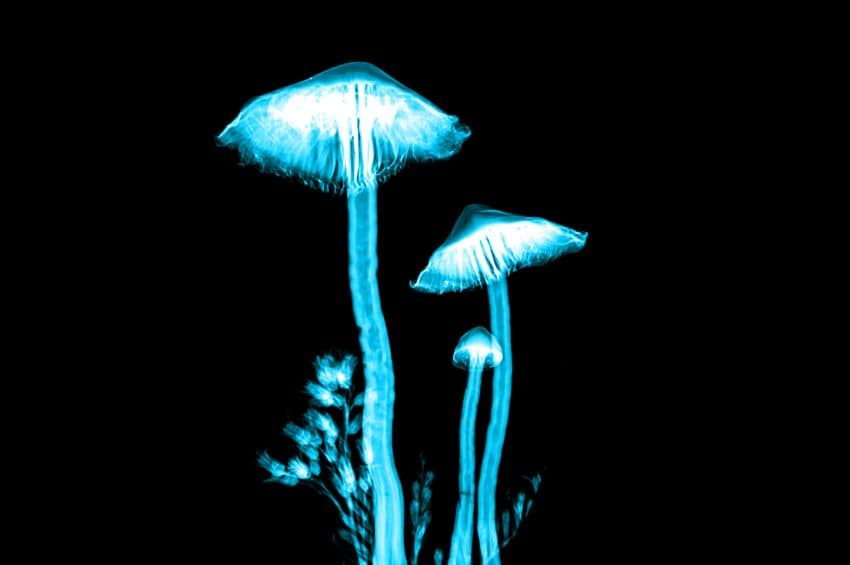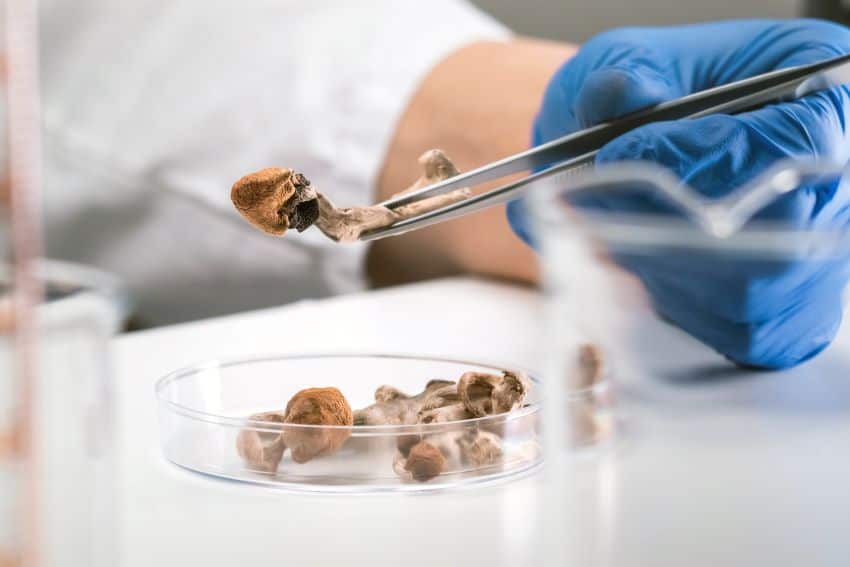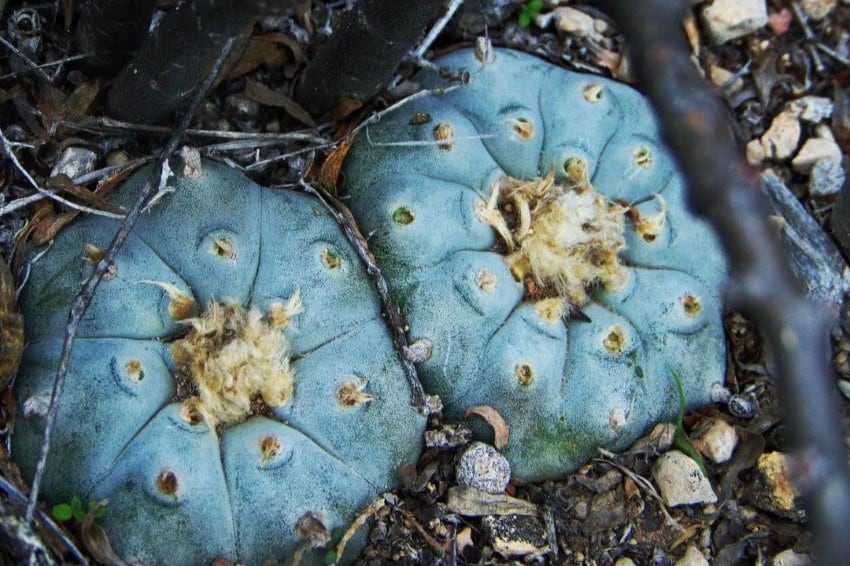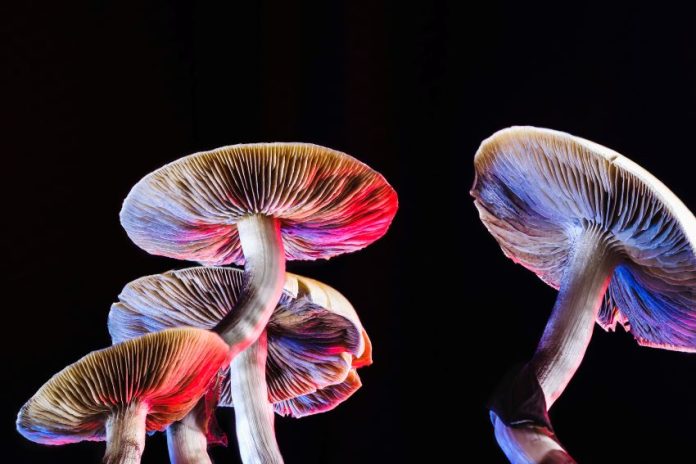One thing we can be sure of is that any field of human endeavor or inquiry will eventually evolve.
The field of psychedelic therapy to address depression, anxiety, PTSD and addiction has fast been evolving in the last decade, due to promising clinical trial results from prestigious institutions like John Hopkins University, Imperial College, and New York University. These days, psychedelic healing is a hot topic in mainstream media in the U.S., U.K., Canada and Europe.

Few countries are as important to the psychedelic healing scene as Mexico, however, which has become a major destination on the psychedelic map. How has this happened? For one, psilocybin from magic mushrooms — which demonstrates remarkable results when working with depressive disorders — was first brought to the attention of the West via Mexico, through R. Gordon Wasson, an American banker and amateur mycologist. He attended the indigenous healing ceremonies of Maria Sabina, a curandera (healer) highly regarded by her community in the village of Huautla de Jiménez in the Sierra Mazateca. Ask any of the key figures in psychedelic medicine; Amanda Feilding, Rick Doblin, Paul Stamets or Michael Pollan, and they will all reference this early 20th-century Mexican medicine woman as the keystone figure for the current psychedelic renaissance.
Secondly, Mexico has become a hot spot for psychedelic tourism; in part due to the culture’s history of healing practices and indigenous curanderas like Sabina and current practitioners who claim to hail from a similar folk medicine lineage — and in part because it’s more affordable to set up retreat centers and clinics. People also love the beauty and affordability of Mexico, and there has been a renewed interest in indigenous culture, whether it be their approach to healing, the environment, community or simply their daily lives.
But what is the history and legal landscape of psychedelics in Mexico?
We met Cesar Marin — former CNN Español producer in Atlanta, GA — who is pioneering microdosing with psilocybin for Latinos, Gen Xers and underserved communities in Latin America, through his new company, Cultivating Wisdom.
Are psychedelics in Mexico legal?

Article 195 of Mexico’s Federal Penal Code specifies that psilocybin mushrooms and ayahuasca for traditional spiritual practices or ceremonies are legal. The use of 5-MeO-DMT is also permitted for those purposes, and ibogaine is legal in accredited clinics. It’s these laws that have created space for the “psychedelic tourism” boom in Mexico
As the global trend for transporting psilocybin, ayahuasca, peyote and iboga reflect the demand, incidents like the arrest of Amazonian folk medicine practitioner Eric Rosas by Mexican authorities for bringing ayahuasca into the country, illustrate the grey area that still exists between the law and its enforcement. Customs and border agents have been given a brief “to neutralize the trafficking of weapons, drugs, foreign exchange and prevent human trafficking,” so those that move drugs across borders still face risks in doing so. It’s a confusing moment when genuine psychedelic guides are being arrested but at the same time, there are self-appointed ‘shamans’ from across the world running retreats in Mexico.
The therapeutic benefits of psychedelics have the current support of Mexican Green Party senator Alejandra Lagunes, who is campaigning to reschedule psilocybin, and even, to an extent, that of President López Obrador, who last summer stated that traditional medicines and ancestral treatments must be preserved in respect of their usage for the health of indigenous communities.
A brief history of psychedelics in Mexico and why it matters
Indigenous Mexican cultures have used hallucinogenic plants, mushrooms and cacti to induce altered states of consciousness in healing rituals and religious ceremonies for centuries — long before these plants were introduced to the Western world. Maria Sabina’s psilocybin mushrooms were known as teonanacatl, meaning something close to “God’s flesh.”

Maya and Aztec communities use peyote, magic mushrooms and ololiuqui seeds (Turbina corymbosa), which contain mescaline, psilocybin and lysergic acid amide, and balché (a mixture of honey and extracts of peyote) in spiritual ceremonies. It is possible these communities also used the venom from the toad Bufo alvarius since the Olmec period, which contains 5-MeO-DMT; though the exact history is unclear.
Marin named his company Cultivating Wisdom because “that’s what these substances do, if used correctly”, he says. To do this means approaching this treatment not like a capitalist consumer, but instead asking how can you be better in your community and therefore feel happier in yourself. “I’m from Colombia, not Mexico, but there are many cultural similarities. I am interested in how we find ways to honor the indigenous practices and the contributions of Maria Sabina,” explains Marin.
We might be on the cusp of readdressing a lack of regard for indigenous ways of life in psychedelic healing. Reportedly, Wasson betrayed a plea by Sabina to keep his experience secret when he wrote about her in his 1957 article in LIFE magazine, “Seeking the Magic Mushroom”. Sabina’s community blamed her for being overrun by Americans and Europeans seeking spiritual experiences with psychedelics as a result of the article. She died impoverished and outcast. Her legacy is only now being posthumously honored.
Focusing on the Latino community, Gen X-ers and indigenous psychedelic practices
Marin is a man who is thinking carefully about the ethical landscape of psychedelic healing. “I lost my job at 55, due to changes in the media industry, and I also had some personal issues. I guess it was a classic mid-life crisis,” he says of his decision to found Cultivating Wisdom. But his career change has given him the purpose and contentment he was seeking. “I believe in the potential of psilocybin for healing and windows into a deeper wisdom — it helped me stop vaping, which was becoming troublesome.” He went on a mission to educate himself thoroughly about the benefits of psilocybin and connect with the experts in the field, with a view to sharing the best information with others. His career in news media set him in good stead. “I like to organize, collaborate, and get news out fast!” he says.

Marin believes we are just at the beginning of a healthy new chapter in Western society’s exploration of psychedelics for mental health, “I feel I have a responsibility to the Spanish speaking, Latino community. I’m forming collaborations with brands, therapists and thought leaders to find new ways to honor Latin American indigenous practices, while also being aware that these substances produce powerful changes, and need to be approached highly responsibly and respectfully,” he adds.
Marin also studied journalism at Columbia and worked for local NY news network Univision 41 and The Christina Show (sometimes called the Hispanic Oprah), in Miami. He spent 2020 educating himself and launching his new microdosing-themed platform. “I’ve been in the business of news and telling stories my whole life. Now I’m ready to spread the good news about psychedelics, while taking care to outline the current legal landscape, historical usages and the pitfalls or misuses that can occur. Presenting balanced, well researched information in collaboration with the experts is my goal.”
This year, he plans to host his first six-part webinar, in both English and Spanish, called ‘Reinventing your Life,’ which will address safe and effective protocols for microdosing with psilocybin. He will also begin planning retreats in partnership with accredited practitioners in Colombia and Mexico, with a larger vision for a future center — specifically to educate, inform and provide access to therapies for underserved Latino communities. “Why not give people from all walks of life more ability to be creative and empathetic? Connecting us all and making us stronger and better,” he says, remarking that firefighters, police officers and moms in his local Latino community are all talking to him about the positive effects of microdosing. He says, “Objective and honest conversations are crucial as we navigate these waters. Let’s change the narrative. Imagine a headline that reads, “Moms are becoming better parents with the aid of a plant that has stood the test of millennia.”
He also intends his center to offer psychedelic treatment for veterans, as clinical studies show their remarkable effectiveness for post-traumatic stress disorder. “ There is also a suicide epidemic amongst veterans, which we don’t hear enough about. My son, at 24, has just entered the military, so I have some skin in the game,” Marin remarks of his plans.
Marin believes the stigma around psychedelics is finally dissolving, but that caution and education are needed more than ever, as well as knowledge about indigenous history and usages of these plants. “People like Maria Sabina are really the gatekeepers to these medicines. Psychedelic tourism has probably gotten a little out of hand, so it behooves the public to start rethinking their approach to psychedelics. They are not a magic bullet or a ‘feel good’ therapy.”
At 55, Cesar believes in the possibility of starting over, wherever you are in life, as well as the power of collaborations across cultures, ages and economic circumstances. “It might sound a bit corny, but I wake up each day now with this maxim; today is the best day of my life, yesterday is a memory!”
Disclaimer: This article is for informational purposes only and should not be considered legal or medical advice. The writer and Mexico News Daily assume no responsibility or liability for any errors or omissions in the content on this site. Individuals should always consult with qualified professionals regarding the use of ibogaine or any other substance for medical purposes, as well as consider their jurisdiction’s applicable laws and regulations.
Henrietta Weekes is a writer, editor, actor and narrator. She divides her time between San Miguel de Allende, New York and Oxford, UK.
